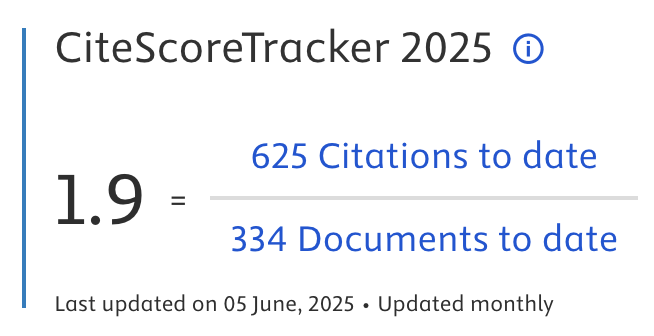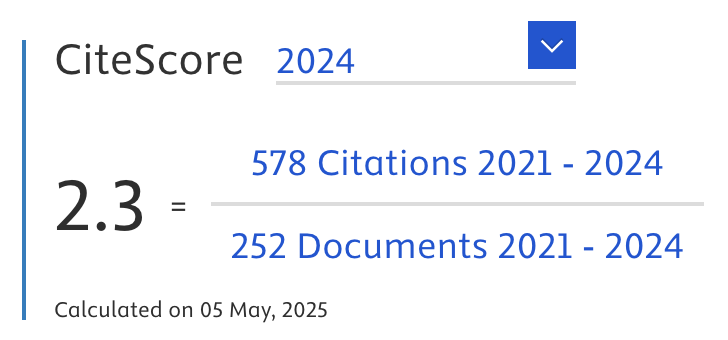Convolutional Neural Network for Battery System Monitoring and SOC Estimation for Ev Applications to Achieve Sustainability
Abstract
The necessity to develop an alternative energy source to handle the looming energy crisis has arisen due to the recent rise in energy consumption. This is most likely to happen with grid-synchronized electric vehicles (EVs), since vehicle-to-grid (V2G) technology is one of the smart grid's technological advancements that permits energy exchange between EVs and the grid. The merging of EVs with the grid influences the whole electricity system and is susceptible to imbalances in supply and demand, frequency, and voltage. The proposed work focuses on effective and smart control of the Single Ended Primary Inductance Converter (SEPIC) converter with efficient control techniques employed for battery management systems for electric vehicle charging. PI oversees controlling the converter. The battery's calculated state of charge (SOC) is used to make a paradigm-shifting sequence for the converter with workable optimization strategies to lower imbalance issues when EVs are connected to the grid. This leads to the achievement of sustainable development goals (SDGs). Purpose. When the SEPIC converter is connected to a photovoltaic source, it needs to be analyzed in terms of how it switches operations. The source also needs to be used efficiently when it is connected to a battery. Monitoring and SOC estimation of the battery need to be efficiently performed with a quicker response for EV applications. Methods. Convolutional neural networks (CNN) were used to solve the issue; these networks considerably enhance response times and boost system reliability overall. Results. The system operates on the principle that when the battery level is less than 60%, the battery is charged through buck operation, and it is discharged through the boost mode when the SOC exceeds 60%. When linked to the grid, the PI controller regulates both power and practical value. The proposed system demonstrates how battery management-based CNN and SEPIC can switch at high speeds. The system's research directions were established for the results' later application to experimental samples for energy efficiency and process innovation.
Article Metrics
Abstract: 201 Viewers PDF: 101 ViewersKeywords
Full Text:
PDFRefbacks
- There are currently no refbacks.

Journal of Applied Data Sciences
| ISSN | : | 2723-6471 (Online) |
| Collaborated with | : | Computer Science and Systems Information Technology, King Abdulaziz University, Kingdom of Saudi Arabia. |
| Publisher | : | Bright Publisher |
| Website | : | http://bright-journal.org/JADS |
| : | taqwa@amikompurwokerto.ac.id (principal contact) | |
| support@bright-journal.org (technical issues) |
 This work is licensed under a Creative Commons Attribution-ShareAlike 4.0
This work is licensed under a Creative Commons Attribution-ShareAlike 4.0





.png)